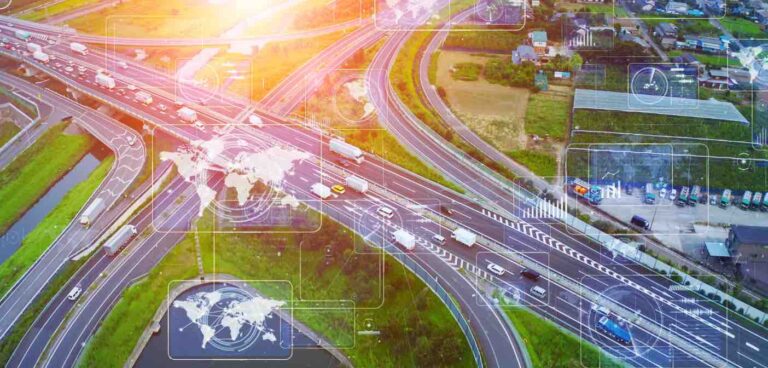TRL Software, a division of TRL, a UK-based centre for innovation in transport and mobility, has announced a major update to iROADs, its digital asset management platform and decision-making tool for road infrastructure assets.
According to TRL, iROADS has been updated to work at a larger scale than previous iterations, allowing for more users, larger data volumes, faster performance, better connectivity, and real-time integration of sensor data such as live camera feeds or AI-generated object detection data.
Designed to help keep road networks safe, efficient and reliable, iROADS now supports full user self-service for importing of any spatial data that customers want to import into the system.
What’s more, the platform can support a wider variety of spatial file formats and is designed so that users don’t need any expertise in using spatial data.
According to TRL, this means that users have the flexibility to bring in new datasets to use alongside all the other asset data that iROADS already handles for them.
An improved Survey Route Builder, for example, allows iROADS users to plot road maintenance and monitoring routes that can be shared with asset surveyors, making their time on the road more efficient.
Members of the public can also get involved by using the iROADS Public Mobile app, which gives regular road users the ability to report road infrastructure issues as soon as they arise.
In India, Kerala’s Public Works Department has been using the app to enable members of the public to report road infrastructure issues along the 33,593km (20,874-mile) network maintained by the department.
The app has reportedly been downloaded by more than 50,000 road users and has led to a twofold increase in the number of issues reported and an 83% reduction in wait time for the issues to be resolved.
What’s more, National Highways has selected iROADS to replace its HAPMS pavement management system, which includes the entirety of the English strategic route network, representing some £80bn of UK infrastructure.
TRL’s Smart Mobility Living Lab has been using the integrated intelligent camera feeds and object-detection data within iROADS to leverage new capabilities related to real-time sensor and asset data usage.
“Data is already a huge driver of effective management of transport infrastructure and will only become more so as new digital frontiers open up,” says John Proust, TRL Software product manager.
“iROADS is all about generating maximum value from such data for our customers and enabling them to benefit directly from modern technologies.
“Because of the way iROADS allows users to visualise, combine and analyse data, I am confident we are going to see new usages and benefits soon that go beyond what has been possible until now.”
The updated iROADS also features user experience improvements, including improved mapping display responsiveness, a more streamlined interface and simpler integration with external systems through open application programme interfaces.





